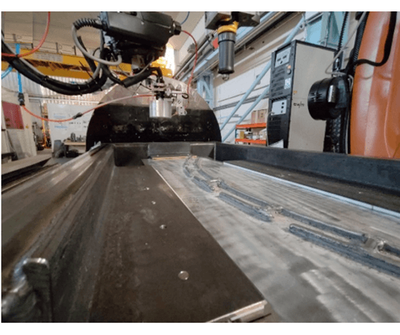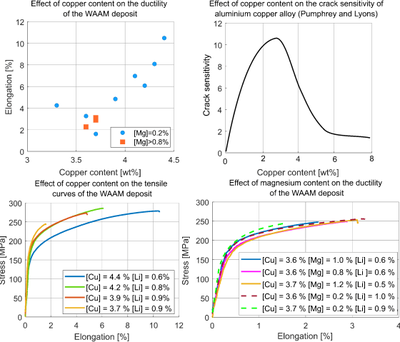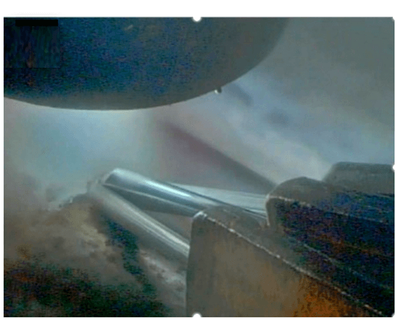


High-strength aluminium WAAM alloys
The Innovative Aluminium filler Wires for Aircraft Structures (IAWAS) project aimed to demonstrate the potential of Wire Arc Additive Manufacture (WAAM) for the production of aluminium lithium components. Preliminary testing demonstrated the possibility of depositing an 2395 aluminium lithium filler wire using a plasma arc heat source and a local shielding device. The deposit had a low porosity level but also low ductility caused by long, vertical, segregated grain boundaries. Both chemical composition and deposition conditions are known to impact the deposit microstructure. In-situ alloying, an efficient technique to develop new material, was implemented using plasma arc as a heat source on aluminium lithium alloys. The results aligned with the literature review on the impact of copper on crack sensitivity and led to the design of a new alloy. Unfortunately, the composition selected yielded challenges during the drawing process, and the filler material quality was poor, leading to a low WAAM deposit quality. Machine hammer peening was implemented on the AA2395 alloy, resulting in a drastic increase in ductility and yield strength of 480MPa after solution treatment and ageing. This alloy was used to manufacture an aluminium lithium demonstrator to showcase the potential of WAAM to produce real-life components.
E. Eimer, J. Ding, and S. Williams, “From Wire to Component: Aluminium Lithium Alloy Development for Wire and Arc Additive Manufacturing,” BHM Berg- und Hüttenmännische Monatshefte, vol. 169, no. 1, pp. 9–16, Jan. 2024, doi: 10.1007/s00501-023-01417-5.
Information
- Research Area:Material Development
-
Investigators:
Eloise Eimer
, Stewart Williams - Publications:https://doi.org/10.1007/s00501-023-01417-5
